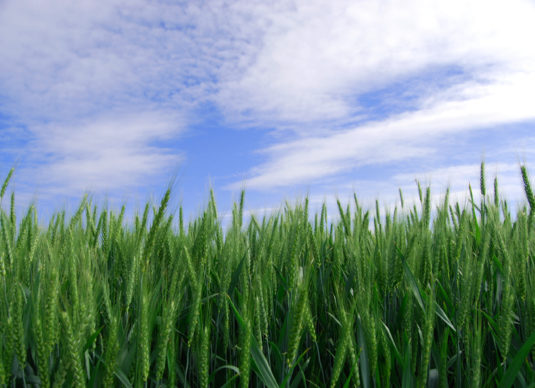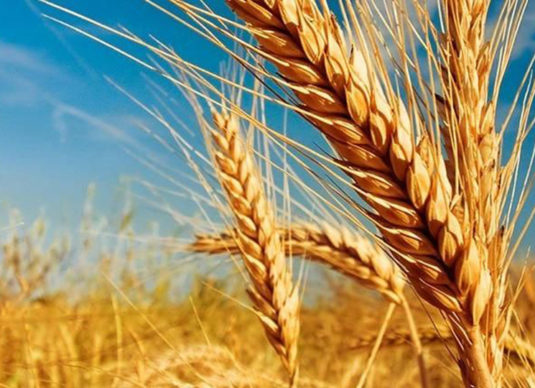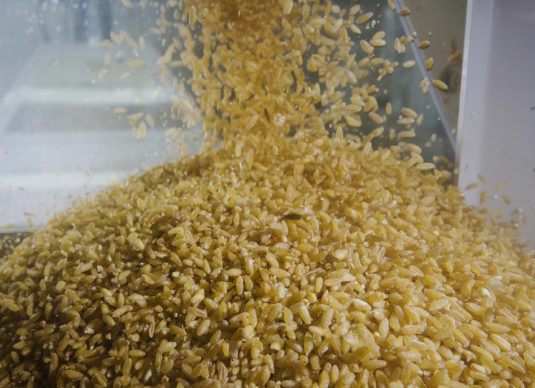Sustainability
Durum wheat cultivation is performed by direct seeding, minimizing carbon footprint, since this system substantially cuts the amount of fuel used to obtain grains.
Direct seeding also allows, with a suitable crop rotation, the increase of soil coverage year by year, gradually improving soil productivity and without exposing it to hydric or wind erosion.
This soil management, along with a development in new seeds, (biotechnology) which optimize the performance per hectare according to the amount of available water (mainly from rain, because almost all durum wheat is cultivated in dryland), a logistic management (storage in the place of production, transportation in self-unloading hoppers minimizing the necessary energy for their handling) and a latest technology milling system (including colour classification, transportation system with electronic automatic consumption control, wheat flour milling machine with electric consumption control) results in the best semolina while minimizing the environment impact.






